“About us” – GIOTTO Project Partners Interview
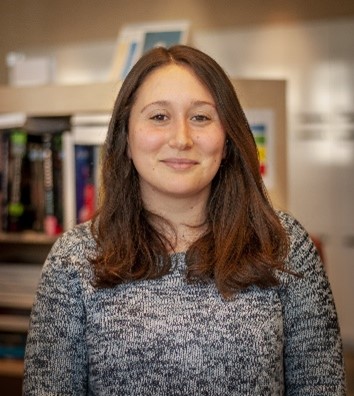
Clarissa Tomasina | MERLN Institute for Technology-Inspired Regenerative Medicine
PhD student

Short Bio & role in the GIOTTO Project
I’m Clarissa Tomasina, a biomedical engineer currently working as a PhD student at the MERLN Institute for Technology-Inspired Regenerative Medicine at Maastricht University. I received my bachelor and my master degree in Biomedical engineering at the Polytechnic of Milan during which I had the chance to spend 9 months abroad at the University of Navarra (TECNUN) in Spain. Part of my PhD was carried out in GIOTTO where my research is about the fabrication and exploitation of novel instructive scaffolds that enable bone regeneration in bone fractures. My role in the GIOTTO project focuses on the design and fabrication of Device 2, an injectable electrospun scaffold to treat pelvic osteoporotic fractures.
What are the main tasks you carried out, and with which results?
I was mainly involved in the fabrication of one of the three devices, an injectable electrospun membrane for osteoporotic fractures. Electrospinning is a biofabrication technique which involves the formation and deposition of submicron fibers by the application of an electrostatic field on a polymer solution. I was responsible for all the steps of the manufacturing. Starting from the fabrication, I evaluated how to incorporate different nanoparticles (hydroxyapatite and mesoporous bioactive glasses) and bioactive molecules produced by the Politecnico di Torino, FLUIDINOVA and Novaicos into the electrospun scaffolds maintaining their ion content and activity. I also performed the morphological, chemical and mechanical characterization of these scaffolds along with the assessment of their in vitro biological performances. The in vitro assay highlighted the excellent biocompatibility and osteogenic potential as a function of the particles incorporated. In collaboration with Novaicos we also worked on the delivery of ICOS-Fc, a bioactive molecule able to inhibit osteoclast activity, from the electrospun meshes in vitro and also in vivo in an animal osteoporotic model. An important task was also to evaluate the injectability of the scaffold. Since the final device is intended for pelvic fractures which are not easy to reach, having the scaffold delivered by minimally invasive technique (e.g. cannula) was a priority. We proved that we are able to deliver the scaffold through a cannula and maintain its morphology and structure. My work also involved the study of different strategies to incorporate SPIONs into the polymer fibers. I am currently collaborating with Manuel Estevez Amado from UCM on the in vitro cell studies to show how these scaffolds can be used for bone tissue engineering.
Has GIOTTO Project changed in some way your career or work?
The GIOTTO project has had a major positive impact on my career since the very beginning. During the project, I had the opportunity to be part of a large consortium where I collaborated with research groups from all over Europe. It has been incredibly instructive to learn the dynamics of a European project and to exchange knowledge and ideas with people of different backgrounds. In fact, as I believe science is ultimately about the patient, it was important for me to have the chance to interact with partners involved in academic research but also in another aspects of medical devices. I learned about what it really takes to bring a product to the clinic, starting from my results, to evaluating the life cycle analysis, creating technical documentation, interact with clinicians and upscaling the production. I also had the chance to present my work at different international conferences where I interacted with experts in the field who gave me feedback and advice on my work. In addition, I had the chance to share my first electrospinning experience with Giorgia Montalbano from Politecnico di Torino who joined our lab for a short period at the beginning of my PhD. I still remember the excitement and the hard work trying to electrospun collagen for the first time.
Finally, I had the opportunity to participate with Manuel Estevez Amado (from UCM) to the N4M Young Scientist Award 2022 where we won the award with our projects on SPIONs!
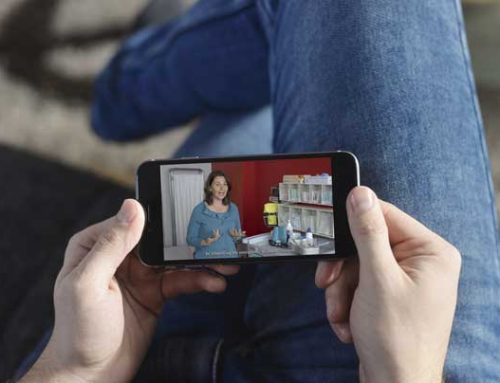
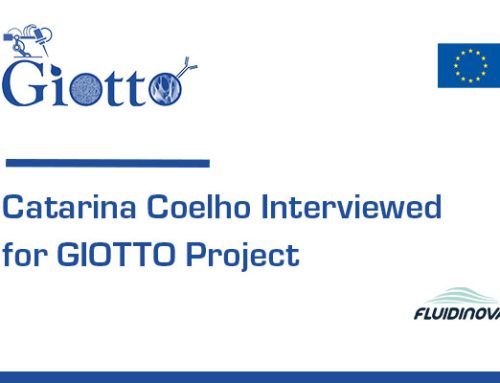
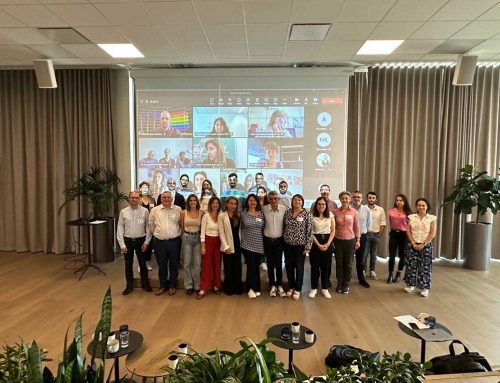
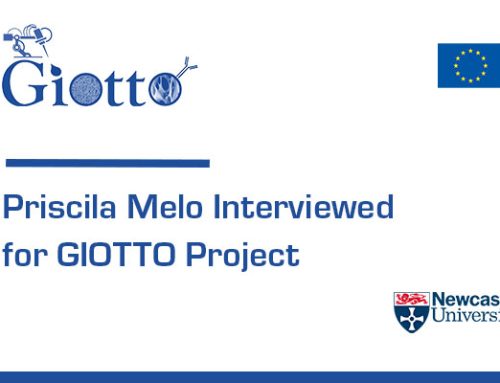
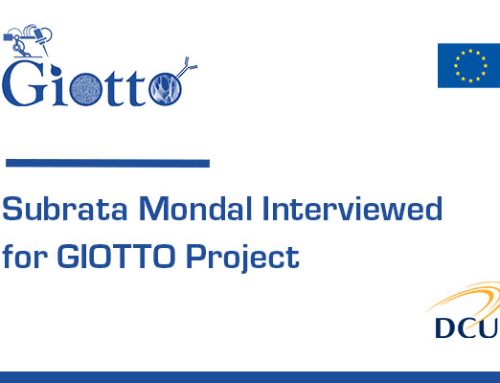
Leave A Comment